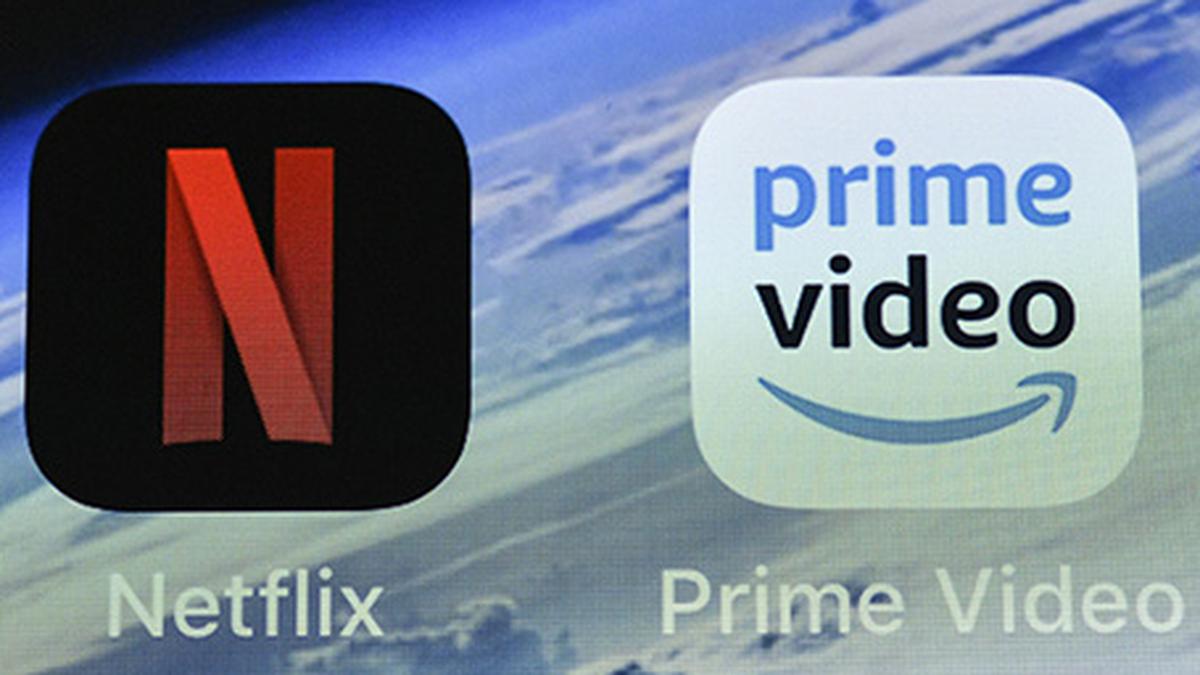
TRAI puts out draft outline for National Broadcasting Policy
The Hindu
Details of the Ministry of Information and Broadcasting’s efforts to create a National Broadcasting Policy emerged on Thursday as the Telecom Regulatory Authority of India (TRAI) consulted stakeholders on the shape such a policy should take. “The Policy may provide a common approach for licenses, oversight, and compliances,” TRAI said in its paper, indications that the government is seeking to bring further parity in how digital and legacy mediums like television and OTT streaming are regulated.
Details of the Ministry of Information and Broadcasting’s efforts to create a National Broadcasting Policy emerged on Thursday as the Telecom Regulatory Authority of India (TRAI) consulted stakeholders on the shape such a policy should take. “The Policy may provide a common approach for licenses, oversight, and compliances,” TRAI said in its paper, indications that the government is seeking to bring further parity in how digital and legacy mediums like television and OTT streaming are regulated.
The “broad contours” of the proposed policy include promoting content production in India that promotes Indian culture, expanding institutional capacity, promoting research, and adopting a “coherent and modernized approach” to legacy mediums like print, radio and television, as well as for digital media, such as streaming services.
While TRAI gave a rough outline of the issues that will be addressed by the policy, which will ultimately be finalised by the I&B Ministry, it stopped short of exhaustively listing what the policy will set out to do. The paper is a “pre-consultation,” meaning that further rounds of discussions with stakeholders are likely.
The issue of ‘convergence’ is part of these draft recommendations. This is a reference to the fact that telecommunications and long-form content, which used to be largely confined to licensed TV and telecom operators, is now being provided online; the digital industry has resisted getting drawn into a licensing framework like traditional media, arguing that the requirements are too onerous and that such frameworks are not justified for them.
The paper refers to “[r]estructuring of legal, licensing and regulatory frameworks for reaping the benefits of convergence,” indicating a more uniform approach to traditional and digital mediums.
Another issue that TRAI documented for discussion has been carving out broadcasting regulation from its ambit, and establishing a separate regulator for this purpose. “It is understood that stakeholders have made submissions for having a specific regulator for [the] Broadcasting sector,” TRAI said. “Accordingly, [the Policy] is to explore the need for a separate regulator for broadcasting services and if yes, the suggested statutory and organisational structure of such [a] regulator.”
Measuring cable TV audiences, a contentious issue for several years, is also in TRAI’s outline. Stricter rules on measuring audiences, if put in place, could have significant consequences across the broadcasting industry, as changes in measurement methodologies could shift viewership numbers, and thereafter the preferences of advertisers, who are the main source of revenue for most TV channels. So far, TRAI has only spoken of framing “guiding principles” for audience measurement.





















 Run 3 Space | Play Space Running Game
Run 3 Space | Play Space Running Game Traffic Jam 3D | Online Racing Game
Traffic Jam 3D | Online Racing Game Duck Hunt | Play Old Classic Game
Duck Hunt | Play Old Classic Game











